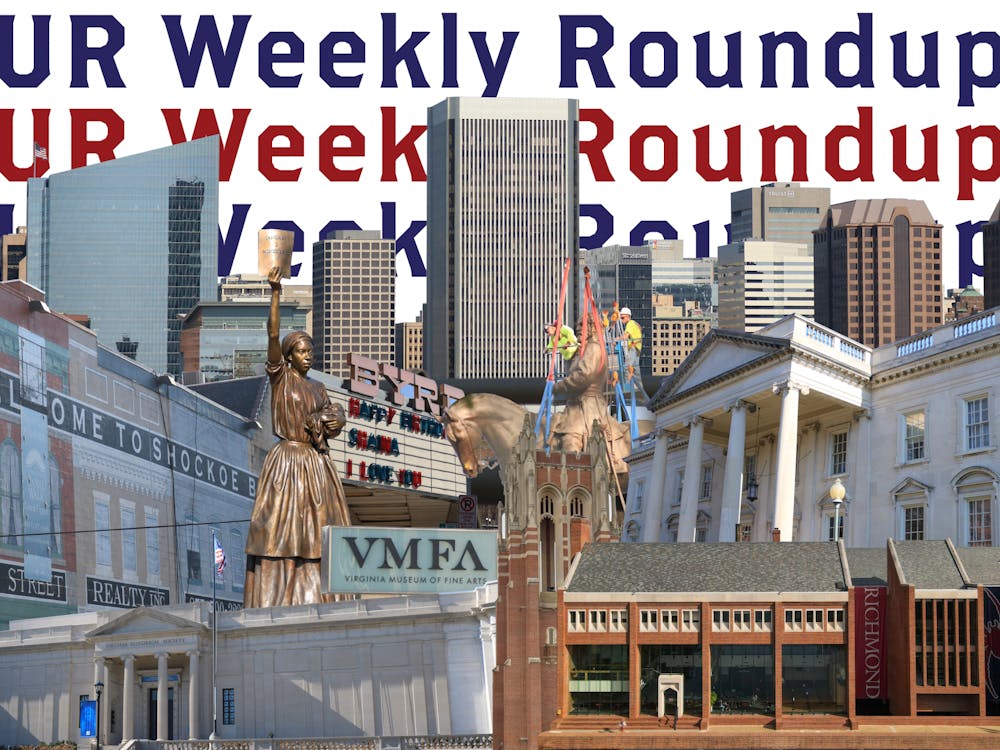President Edward Ayers called on new students Monday afternoon to actively shape the school's identity, and also acknowledged that increasing diversity was "an obligation" the university was still trying to fulfill.
The remarks, delivered at a welcome address attended by about 400 students at the Robins Center, offered the first glimpse of Ayers' completed transition from a freshman president to a now firmly established leader. It was his first large-scale, direct challenge to students this year since he unveiled the scaffolding of his five-point strategic plan during his springtime inauguration.
Ayers encouraged students to redefine the school's identity by connecting with the five university schools, which, in the process, would bridge gaps between the university and the greater Richmond community, he said.
Ayers noted that he initiated the event to encourage the different schools to interact.
"I wish [students] could see how awesome people are in other schools," Ayers said.
Ayers said that once students from different schools realize their similarities, creating a community would become easier. To support his case, Ayers provided the example that 60 percent of first-time students didn't know anyone upon arriving at Richmond. And although they come from 45 different states, 50 have siblings already attending the university, and another 520 were a part of civic engagement in high school, he said.
Ayers argued that as students become more accepting and aware of the local community, the school will become more inclusive. He cited the university's transition from being an all-white male Baptist seminary in its early days to accepting women in 1915, and then -- belatedly -- inviting black students in the 1960s. He also noted the university's transition from being composed of 85 percent Virginians, to a school where 85 percent of students today hail from out of state, a change that has taken only about a decade to occur.
"I've seen the impact this place has had on people," Ayers said, adding that students had a responsibility to shape the school.
One way to do that, he said, was for students to provide feedback about the strategic plan during open meetings about the plan's structure.
New vice president and provost Stephen Allred and vice president for student development Steve Bisese also appeared at the event. Allred read a three-fold charge that called for students to explore campus, the academic curriculum, the city, nation and globe; test their prevailing wisdom; and leave the university as an educated citizen of the world.
This story was written by Ms. Wilson (kimberly.leonard@richmond.edu)
Enjoy what you're reading?
Signup for our newsletter
Support independent student media
You can make a tax-deductible donation by clicking the button below, which takes you to our secure PayPal account. The page is set up to receive contributions in whatever amount you designate. We look forward to using the money we raise to further our mission of providing honest and accurate information to students, faculty, staff, alumni and others in the general public.
Donate Now


